Description
This is the engine order telegraph from the conning tower of the WWII submarine USS
Flying Fish, SSN-229. Smaller and more compact than a typical engine order telegraph
because it was used only in the conning tower when the submarine was on the surface. It
consists of a number of gears, motors, and electrical relays which send a signal to a
similar device in the sub’s engine room. When an engine order is given by the officer in
the conning tower, a signal sounds both there and in the engine room. The engineers
respond to the engine commands and signal their device to show that the command has
been complied with. This EOT measures 10″ long by 8″ wide, by 8″ high. The frame and
gears are of brass and the dial is of stamped steel. One of the motors bears a brass plate
with the manufacturer (Henschel), electrical rating, serial number, and date. The device
weighs 28 pounds and comes in its original wood box, which is stenciled “SS-229/FLYING
FISH/1945/SPARE ANNUN/A125-708/USN HENS.CO.” A precision instrument, one can
only imagine what it would have cost the Navy in today’s dollars.
USS Flying Fish, SSN-229, a Gato Class submarine, was launched in July, 1941 and
commissioned just 3 days after the Pearl Harbor attack. Armed with 10-21″ torpedo
tubes, a 3″ deck gun and 40mm and 20mm antiaircraft guns, she completed 12 war
patrols and received 12 battle stars for her service in WWII. She was credited with sinking
6 Japanese warships, 15 merchant ships (damaging 9 more), and numerous smaller
patrol craft, totaling 58,306 tons of Japanese shipping. This is especially astounding
considering the many times her torpedoes either detonated prematurely or not at all,
including when she launched 4 torpedoes at the superbattleship Yamato, for which she
endured attacks by destroyers and aircraft throughout much of the day and night. After
her final patrol in July, 1945, she returned to New London and served as the flagship of
Commander, Submarine Force, Atlantic Fleet. After the war she served as an underwater
sound laboratory and was the first American submarine to record 5,000 dives on 29 Feb.,
1952. She was decommissioned in May, 1954 and ignominiously sold for scrap in 1959.
Provenance: The War Museum, NY

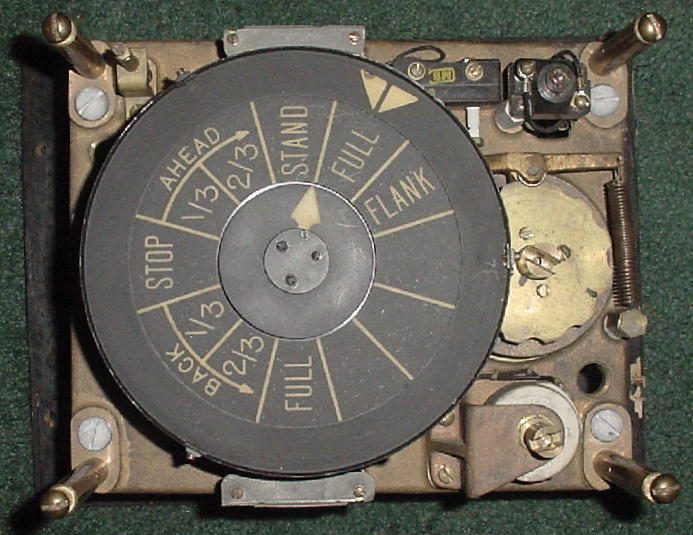
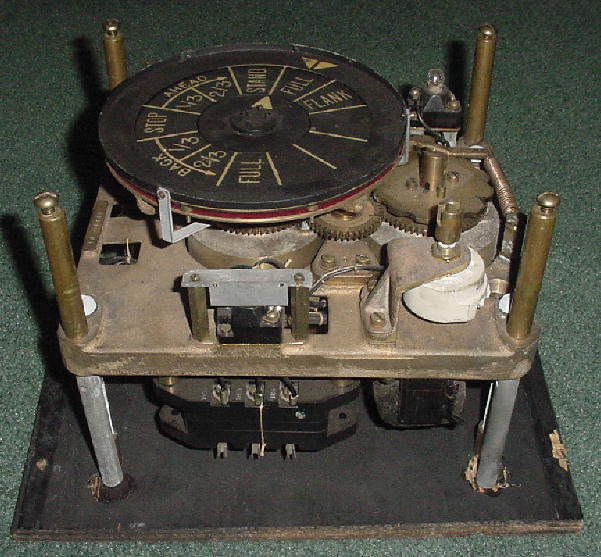
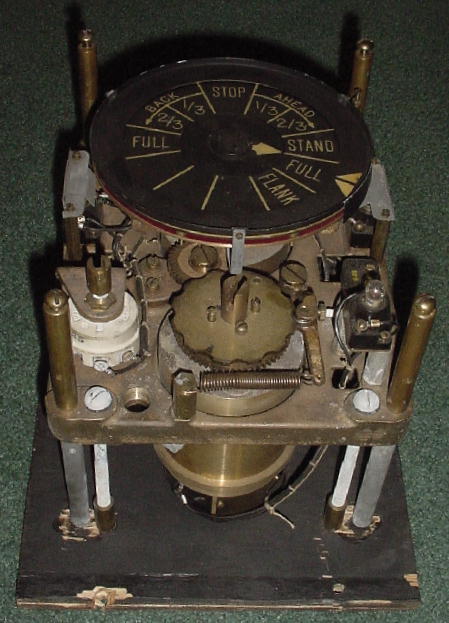
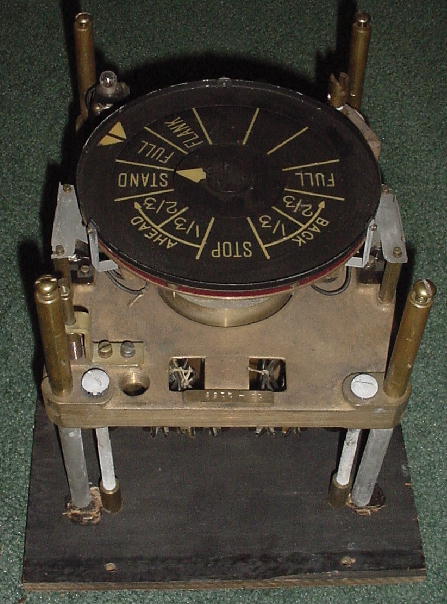
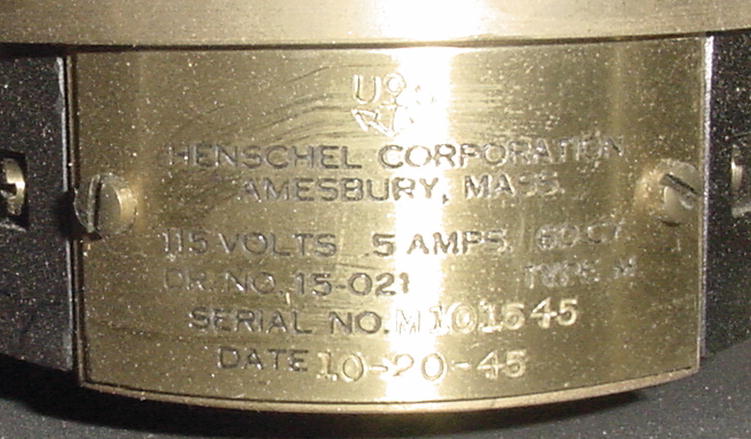
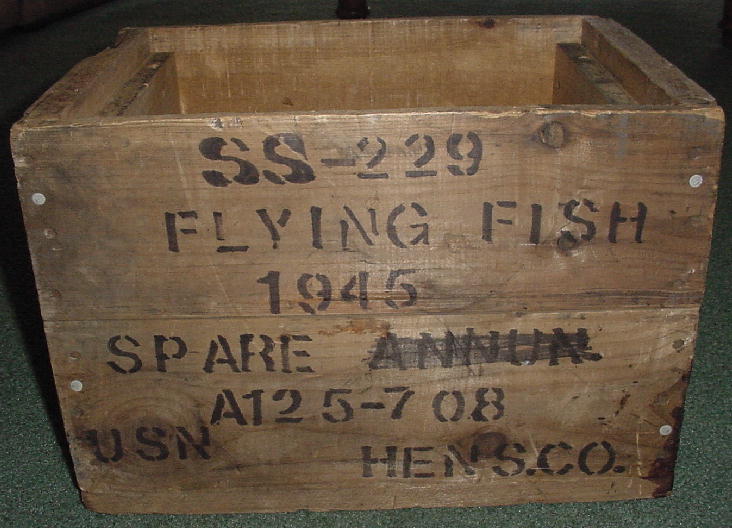
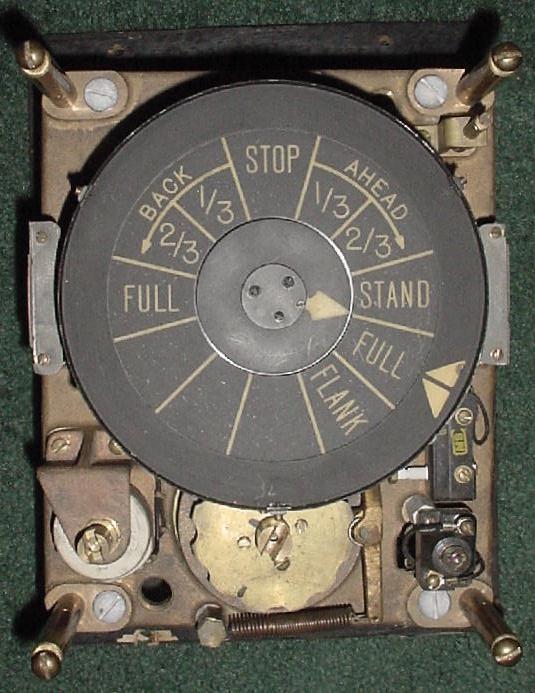
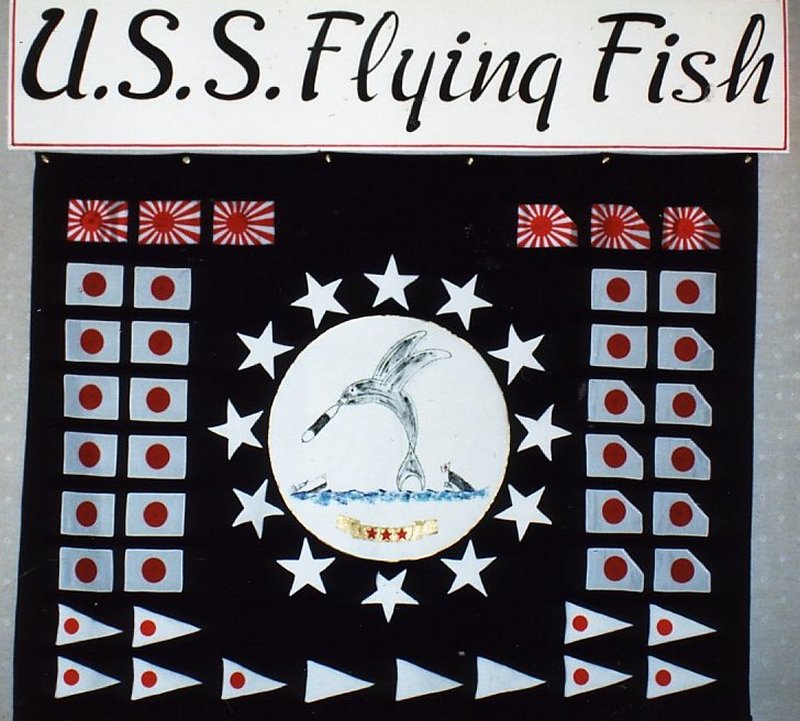
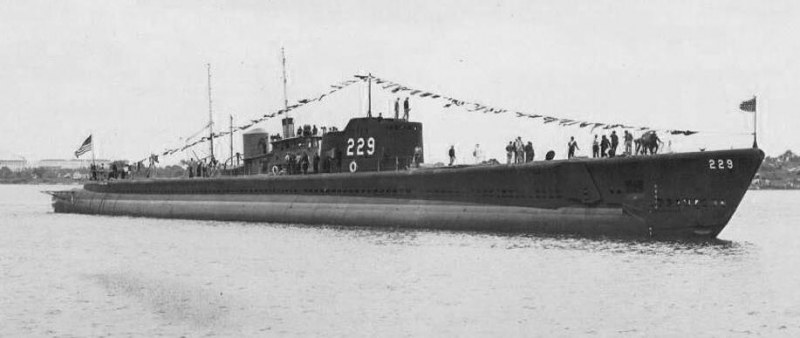
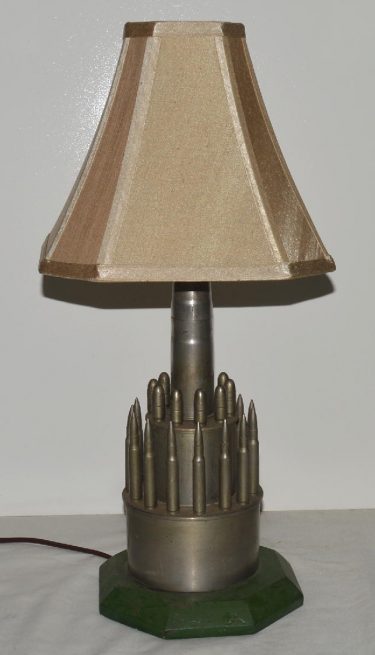 WWII Trench Art Lamp
WWII Trench Art Lamp  WWII British Navy Warship Identification Model Set
WWII British Navy Warship Identification Model Set 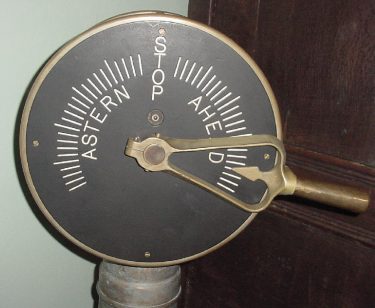 WWII Era US Navy or Merchant Marine Engine Order Telegraph
WWII Era US Navy or Merchant Marine Engine Order Telegraph 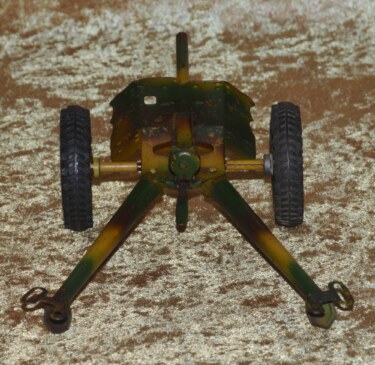 Pre-WWII Lineol German Model PAK 36 37mm Anti-Tank Gun
Pre-WWII Lineol German Model PAK 36 37mm Anti-Tank Gun